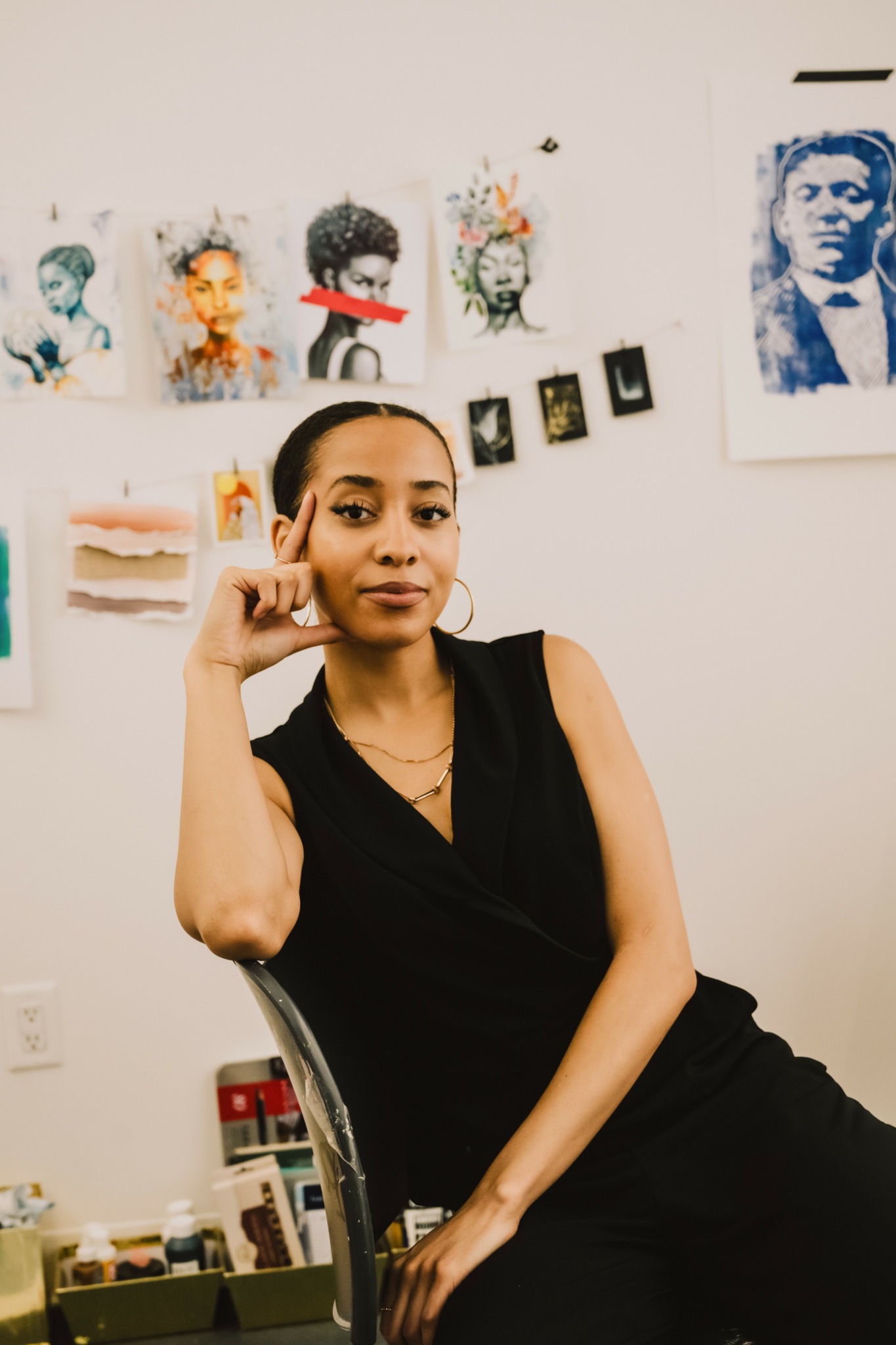We were lucky to catch up with Morgan Overton recently and have shared our conversation below.
Morgan, thanks for taking the time to share your stories with us today We’d love to hear about when you first realized that you wanted to pursue a creative path professionally.
When people ask me “How long have you done art, Morgan?” My response is always, “Ever since I could blink”. There hasn’t been a time that I didn’t occupy myself with something in the arts – from rummaging through my mother’s pens and markers, drawing Nickelodeon ’90s cartoon characters, pirouetting in my childhood living room – believing I too, was in the Nutcracker, or practicing songs on my flute and piano.
Simply put – being an artist is not just a hobby, it is my purpose. While I come from a working class family in Pittsburgh, I am wealthy in love and moral support. With that said, being the only child I am, my parents recognized that there was something significant with my creativity, and encouraged me to express it, rather than trivialize the arts, or say the classic “you can’t make a living from that”. I believe being poured into with care and intentionality at a young age is a core necessity. That very intentionality set the course for me to keep the arts a part of my life, to the point that I minored in Studio Arts at the University of Pittsburgh.
I was hungry for knowledge of all kinds. I wasn’t sure if I wanted to major in History, because, of course growing up in Pittsburgh – I had access to our local PBS station, WQED: which enabled me to become enamored with documentaries. Or, did I want to major in political science? Not only did I love history, I served as a fellow on Barack Obama’s re-election campaign in 2012. Oh, and speaking of PBS – I especially loved shows about the brain and neuroscience. So, I settled on a major in Psychology, with a focus in cognitive developmental neuroscience.
Upon graduation, I felt that Millennial pressure of “what’s next”. I thought, “Cool – you got your Bachelor’s, and now…Graduate School looms in the distance. A Ph.D in neuroscience – right?” I went on to work in a neuroscience research lab at Boston Children’s Hospital for two years. This was back in 2016 – a year filled with social and political events that ultimately set the tone for where we are as a Country today. I found myself feeling a sense of isolation – I was the only one who looked like me in the workplace, and I felt the sense of urgency to become more socially active in the community. Each time I would come home after a long day, I would resort to my safe space – art.
In college, I was trained in oil paint, foundational drawing, and design. However, I found myself gravitating to watercolor. To me, it became a medium that evokes life and vibrancy. In my safe space, I would paint colorful portraits of civil rights heroes we are so used to seeing in black and white photos: James Baldwin, Malcolm X, Angela Davis. Painting these figures became meditative, therapeutic, and I felt their energy so I could keep, keeping on. I began to share these paintings on social media, and to my surprise, people sincerely resonated with it.
I started to feel a quarter-life crisis in figuring out what was next for me. Do I pursue that Ph.D? It feels like I am *supposed to*, but I don’t feel that soulful call to it. I eventually returned back home to Pittsburgh to pursue a Masters in Social Work with a focus in Community Organizing and Social Action at the University of Pittsburgh. From that point on, I became more involved in community, advocacy efforts, and political leadership. In 2022, I became the first Black woman to be elected as Vice Chair of the Allegheny County Democratic Party.
So, what does any of this have to do with art? I found my art became a platform for the advocacy issues I was involved in. From racial justice to reproductive rights – the canvas became a profound foundation for providing visual narratives when we don’t have the words. Art shouldn’t be reduced to whether it is a viable career path, it is vital to our understanding of humanity. There is data that supports this! According to Americans for the Arts, 76% of Americans “consider arts and culture personally important to them…contributing to their joy, well-being, and sense of creativity.” Artists illuminate the light in the darkness. So – you may wonder why it is the first thing cut from budgets, or is simply disregarded? I believe, at the core, decision-makers know the power of art, which is why there have been countless attempts to stifle it.
After years of front line advocacy – whether in community, government, or the nonprofit sector, I’ve only recently become more affirmed in my role as an artist. My multidisciplinary practice elevates Black figurative portraits, blended with abstraction and symbolism. I create visual narratives about our humanity, ancestral memory, and possible futures. Through watercolors, graphite, embroidery, and more, I make the personal, universal.
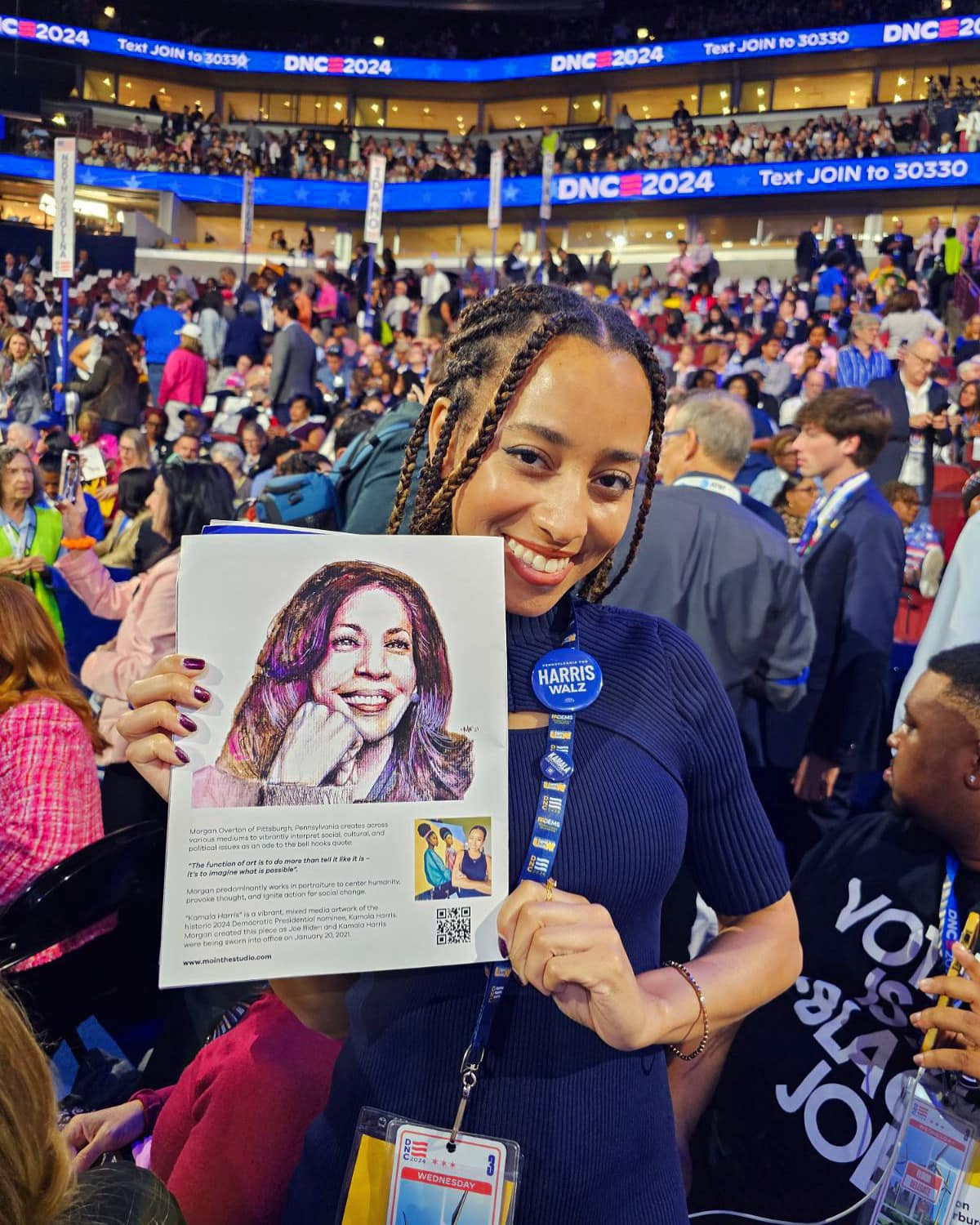
Awesome – so before we get into the rest of our questions, can you briefly introduce yourself to our readers.
My artistic practice is rooted in reclamation of history, identity, and humanity. Through painting, drawing, and mixed media, I merge portraiture, abstraction, and symbolism to create narratives that center Black and Global Majority experiences. My work examines resilience and ancestral memory while inviting reflection on the connections between our inherited past and imagined futures.
With a foundation in psychology, politics, and activism, I approach art as both mirror and bridge: a space to interrogate societal constructs while affirming the humanity of those left outside dominant narratives. My process is deliberate and layered, embedding meaning into color, texture, and form. Ultimately, my work seeks to create spaces on canvas and in community that invite dialogue, inspire connection, and contribute to the ongoing work of collective liberation.
From 2023–2025, I was the inaugural Artist-in-Residence at the University of Pittsburgh’s Frederick Honors College, with the theme, “Democracy in Focus”. In Summer 2025, I completed a residency at the School of Visual Arts in New York City. My work has been exhibited nationally and internationally, including the United States Capitol – Russell Senate Building, Spectrum Miami Art Fair, and London Art Biennale, with additional group exhibitions in France and Finland.
You can support my work at www.MorganOvertonArt.com, or on Instagram/TikTok: @Morgan.Overton.Art
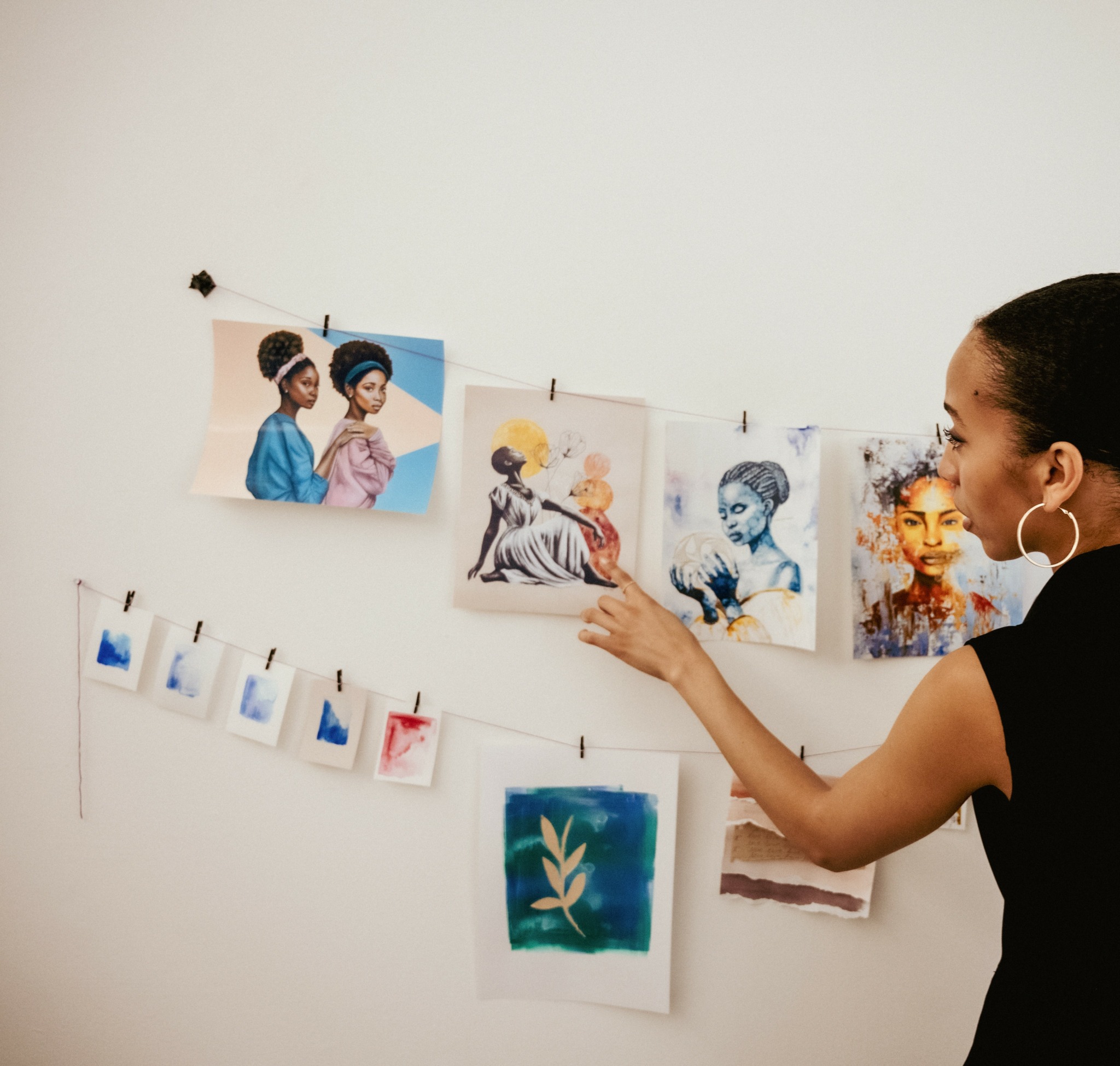
How can we best help foster a strong, supportive environment for artists and creatives?
The simple answer, is to let artists create! We need to collectively take a hard look at the ways we can be accountable to artists and creatives. Art provides a sense of joy, fulfillment, and belonging – no matter the discipline. We all have come across a painting, poem, book, song, or a photo that has stopped us in our tracks. I guarantee that experience has enhanced your awareness, educated you, or made you *feel something*. Perhaps, that was simply feeling less alone.
So, if this is the case, why are the arts the first thing that is often cut from budgets, shrunken within organizations; or, artists are told “you can’t make a living as an artist”. Ultimately, I believe, at the core, people *do* understand the power of the arts, that is why there are attempts from powers that be to stifle it. In our respective communities, we have the tools we need to support the arts, and that first happens through intentional support of artists and creatives themselves.
Through my personal journey, I have found gaps in artist support. Yes, there are countless books, articles, interviews about this topic. However, I am talking about real, human-centered support. It could look like sustained funding that isn’t contingent upon grant cycles, professional opportunities for artists to showcase their talents, investment and policy change from government and organizations, mentorship, and a multi-sectoral strategy for artists to have a consistent quality of life – not the “starving artist” trope. Artists cannot share their fullest gifts with the world if they are on survival mode. Ask yourself, what can I do to help an artist thrive today?
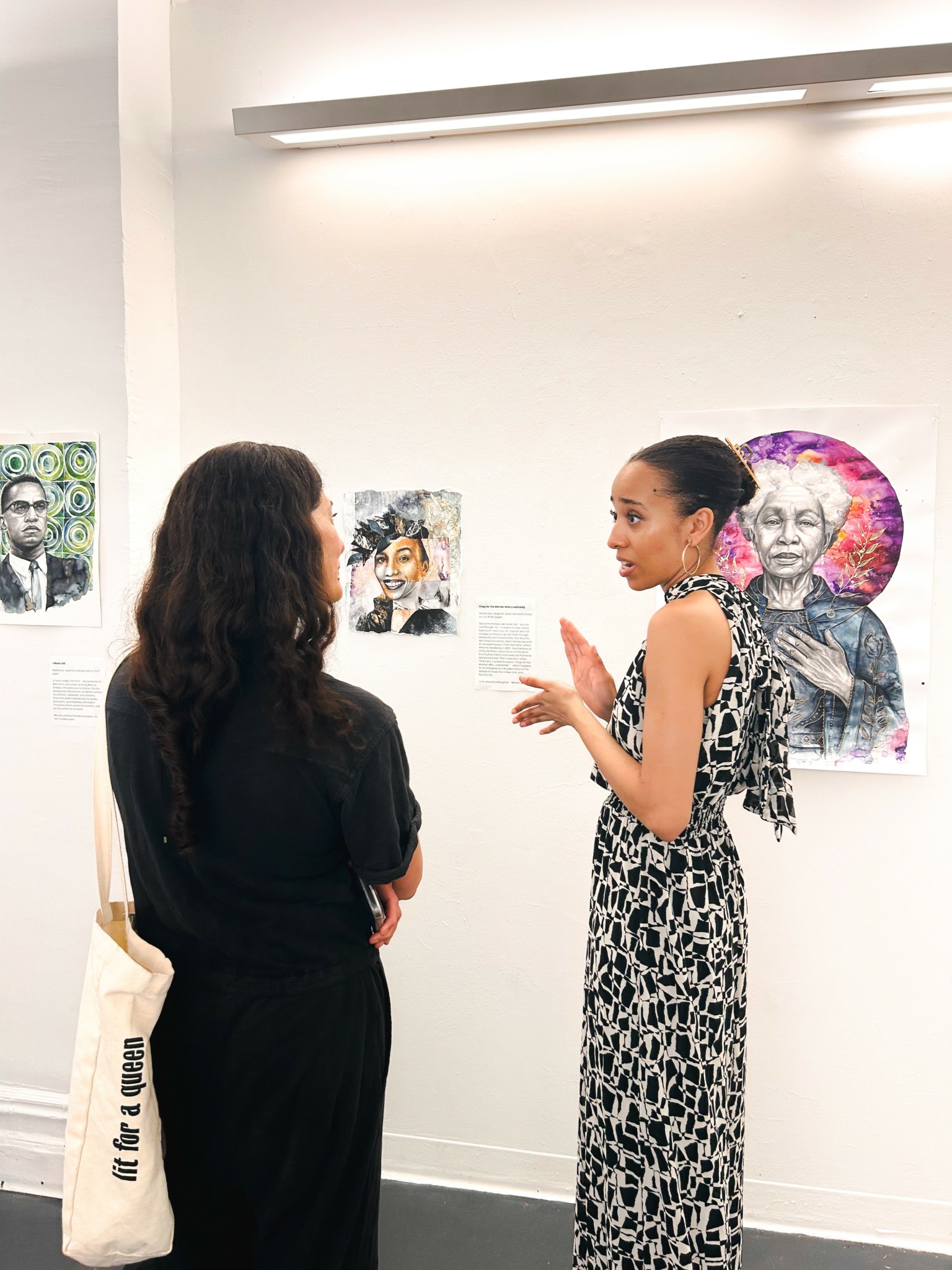
What’s the most rewarding aspect of being a creative in your experience?
Being an artist isn’t just an individualistic journey – it is collective. Not only do I have fulfillment creating the art, but the ability to share it with the masses is equally a beautiful experience. I love hearing the reactions of viewers, who find themselves in my artwork, no matter their background. Additionally, I have had the honor of curating regional calls for art – such as “Envisioning a Just Pittsburgh”. Artists of all disciplines and experiences submit works of art that elevate their visions for how our region can live up to its promise. Being able to give living artists their flowers, is an honor.
Finally, I believe art is a blueprint. We still reference works of art or creative expression from generations ago, that have impacted the cultural fabric. Being able to create that kind of legacy is profound, because I can only hope that generations in the future look to my work as an archive of the current, but also, what I believed to be possible.
Contact Info:
- Website: https://www.MorganOvertonArt.com
- Instagram: @Morgan.Overton.Art
- Linkedin: https://www.linkedin.com/in/morganeoverton/
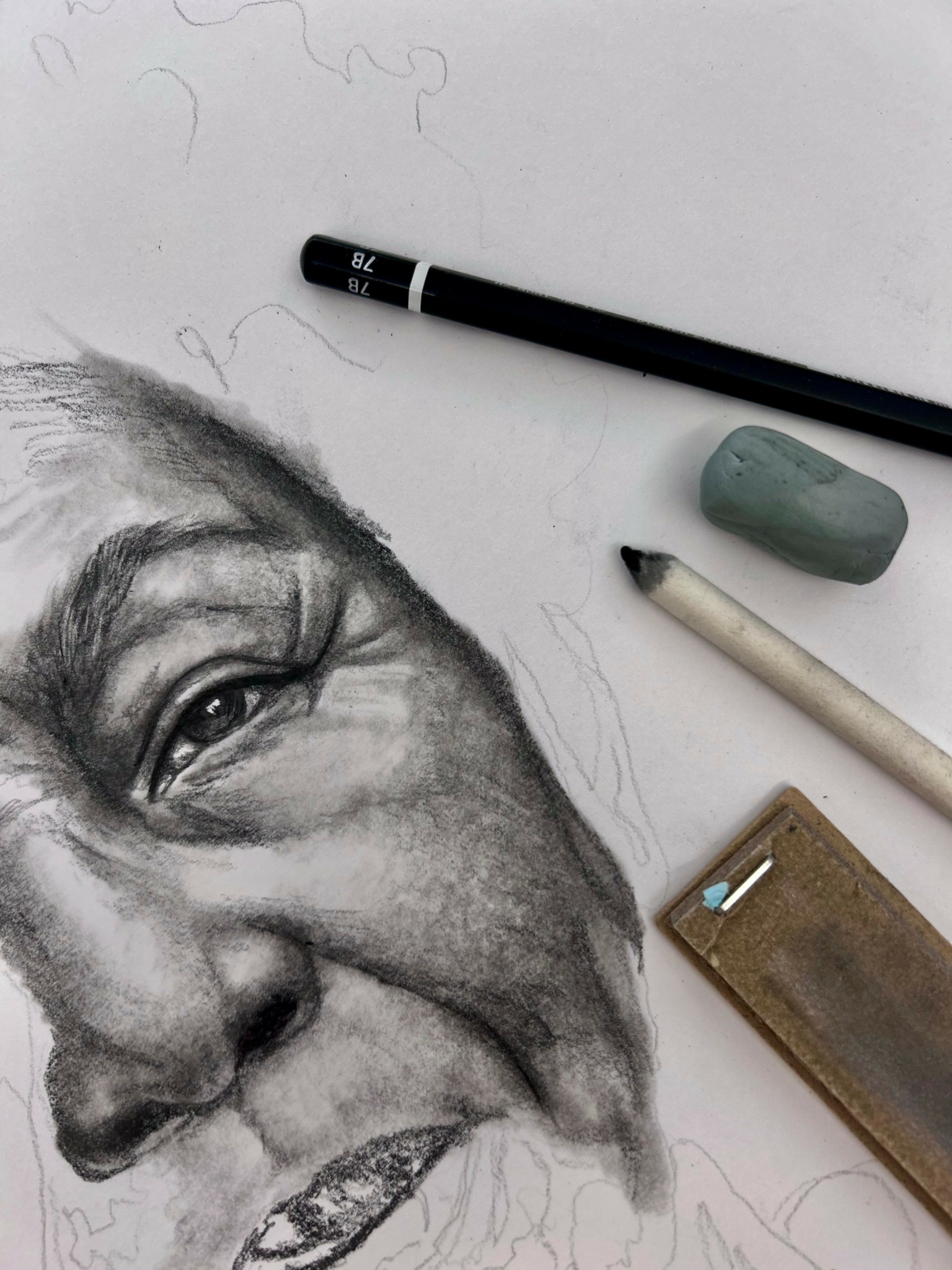
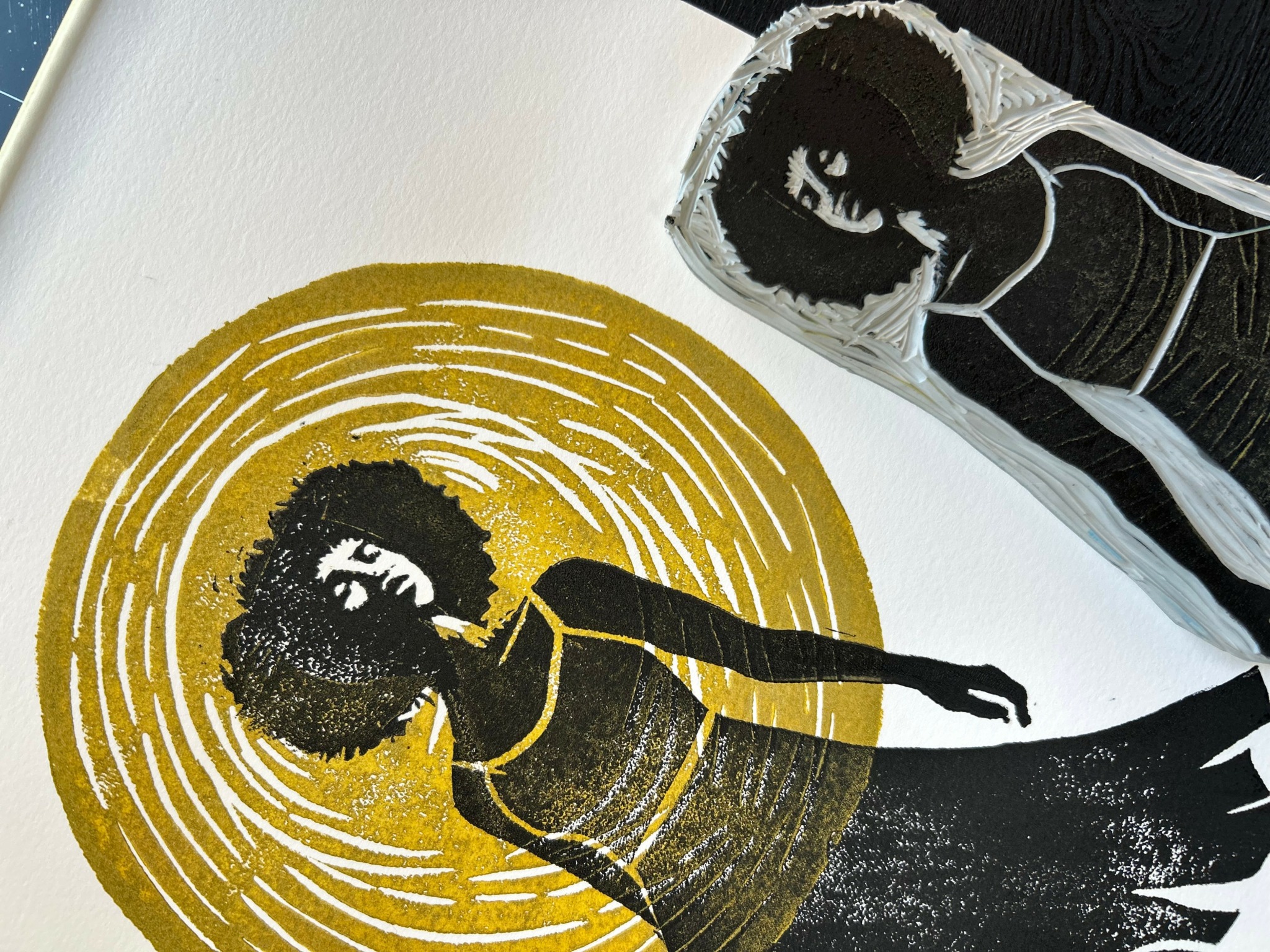
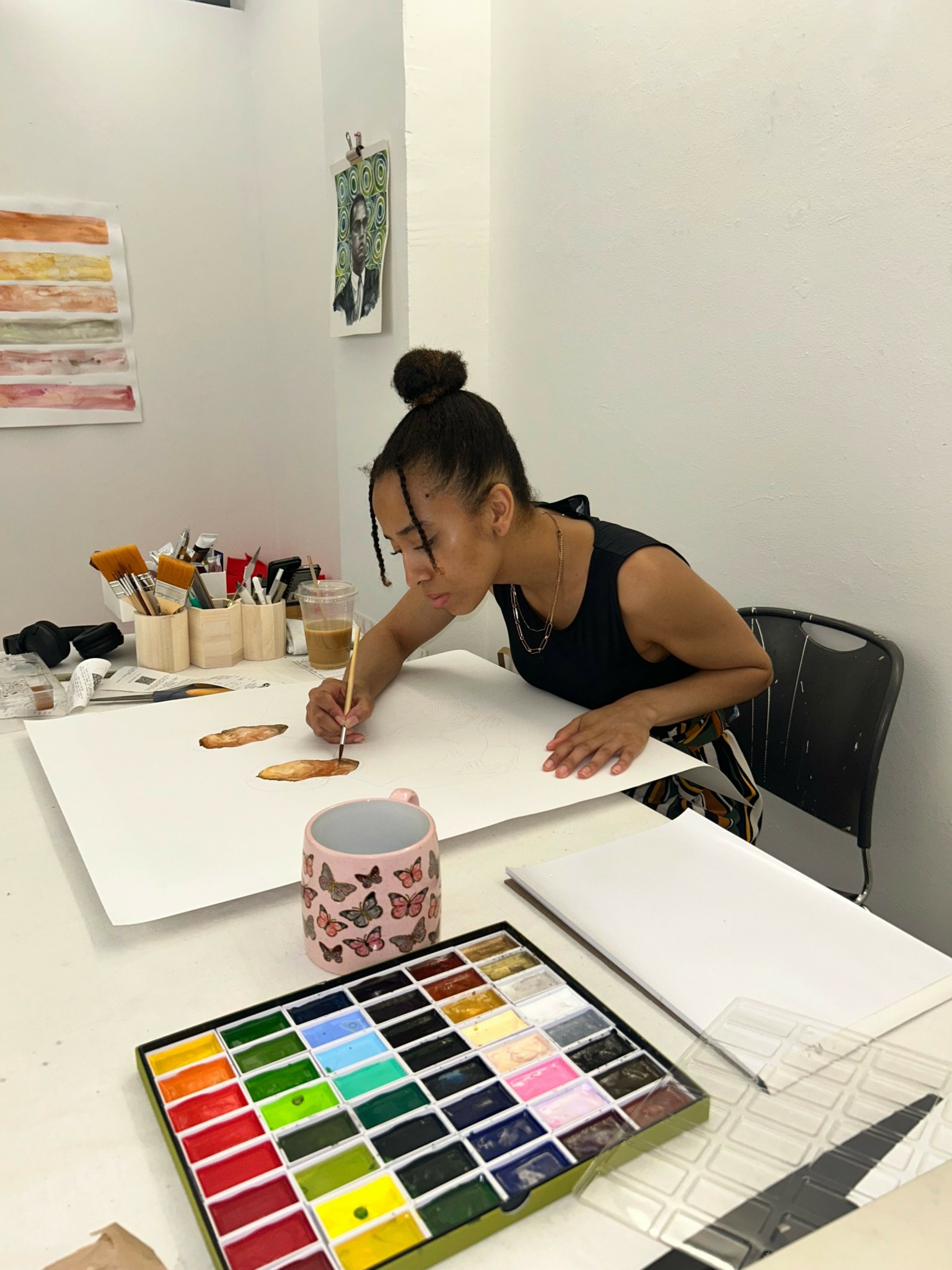

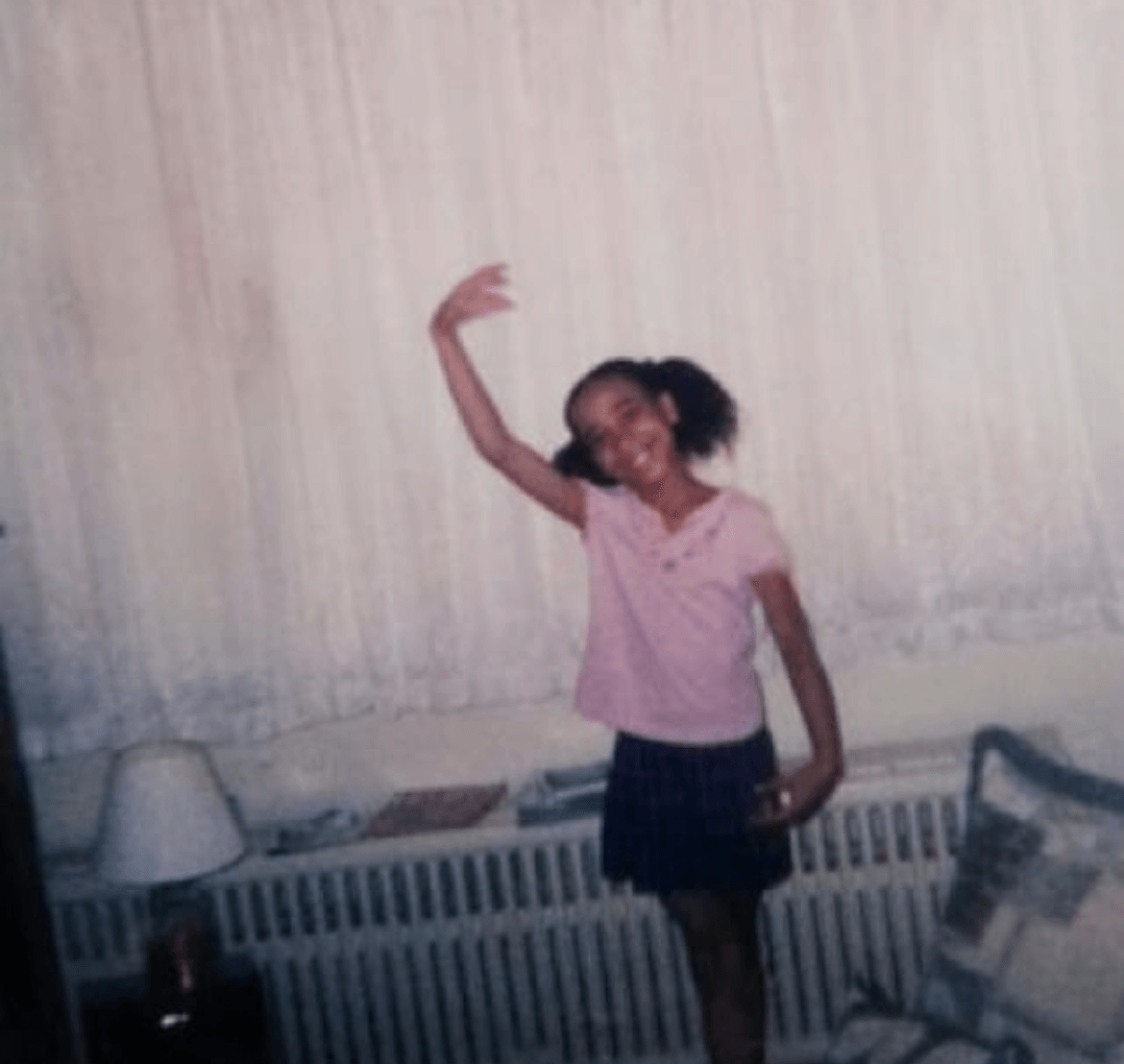

Image Credits
All photos are all mine – Morgan Overton


